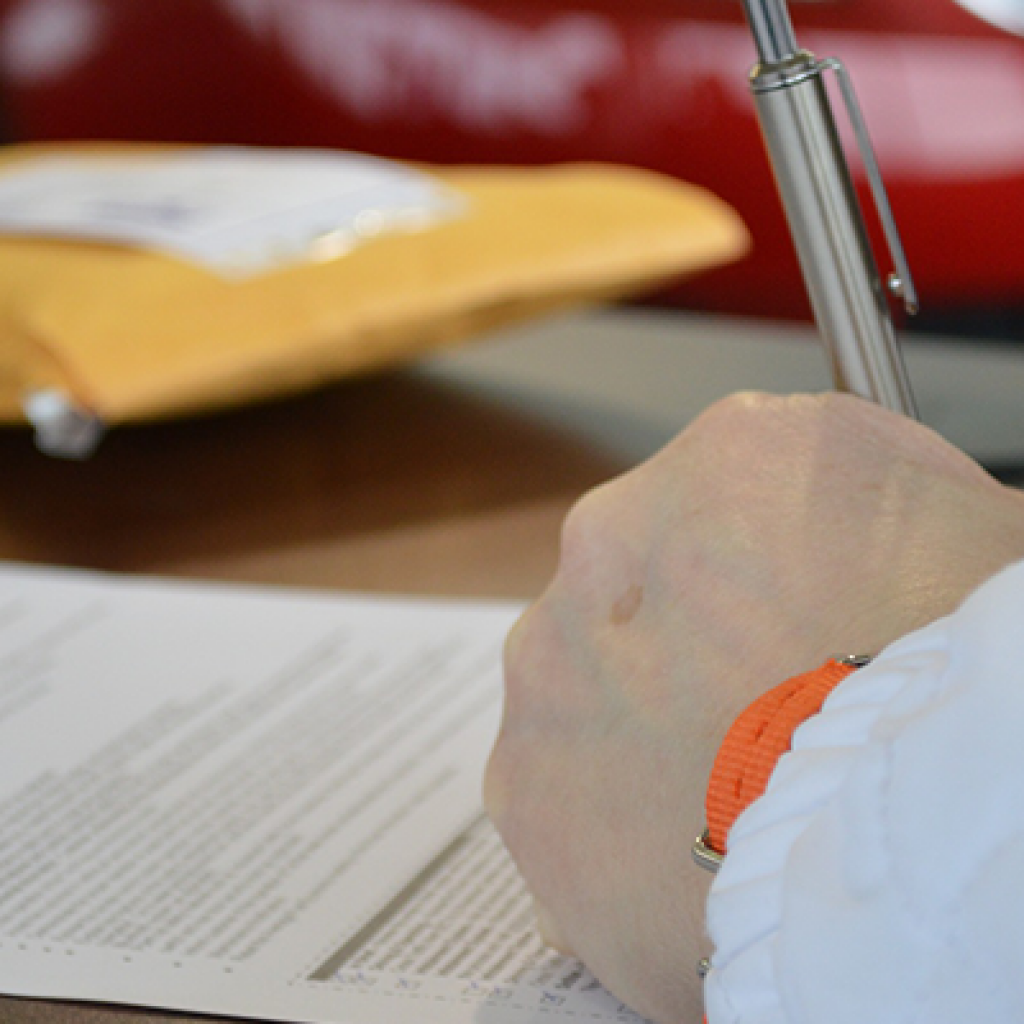Solicitors have been given another wakeup call with regards to criminal clones this month by their regulator. In its annual Risk Outlook, delivered recently, “Bogus Law Firms” were elevated to being one of the key risks facing the profession.
How does your firm protect itself from this risk?
It is only a matter of time before another innocent conveyancer and their client are duped by criminals with this relatively new and sophisticated method of taking funds. Cloning a real law firm is still the most common method of duping firms into sending funds to criminals, as shown by the recent SRA publications, but it is important for firms to be extra cautious. Threats come from all angles and it is now vital for every conveyancing business to risk manage the remittance of funds; even checking employee back history and preventing employee fraud; it is worth noting thathe UK’s Fraud Prevention Service CIFAS reported earlier this year that cases of fraud committed inside an organisation rose by 18% in 2013 compared with figures in 2012.
Within its second Risk Outlook the SRA state clearly that there has been an increase in firms targeted by criminals looking to gain a badge of legitimacy; by using the brand and identity of law firms.
Coincidentally, and in a twist of irony, in the same week that the Risk Outlook was published the SRA Scam Alert service highlighted an example where a London based firm was cloned by criminals aiming to steal funds from conveyancing transactions. See http://www.sra.org.uk/consumers/scam-alerts/jiva-solicitors-limited.page .
The document states the figures affecting the industry clearly and the surge makes for scary reading; ‘In 2013 we received 548 reports about bogus firms, a 57% increase on 2012. In 2014 already we have received 235 reports within the first four months of the year.’
This is a very real and current risk. The majority of these reports relate to the identity theft of an existing law firm at 56.9%. There have been 90 alerts issued by the SRA since the start of this year to the beginning of June, equating to almost 3.5 alerts per week.
The document demonstrates that the SRA acknowledges that the profession cannot ignore the fact that the current landscape is plagued by fraudsters. They are creating Bogus Firms, using cyber-crime and taking advantage of the fact that there are inadequate systems and controls within the industry over the transfer of money.
All of is the above is making conveyancing transactions all the more vulnerable. One can only imagine it is going to get a whole lot worse before it gets better. Don’t go thinking that the SMEs escape the fraudster; it’s not only the ‘big guys’ who ought to worry about infiltration and identity theft; as many as 63% of small businesses were attacked by an unauthorised outsider in 2013.
How does the industry combat the criminals though? What are the expectations of the rest of the professionals within in the industry? How can your firm protect itself?
46% of mortgage lenders agree that controlled processes are the way forward for the reduction of risk of vendor conveyancer fraud. Identity theft, like this most recent example of Jiva solicitors, almost makes it understandable that almost 40% of lenders perceive solicitor negligence to be the biggest risk to their money.
The importance of having integrated risk management processes in conveyancing is becoming more and more important in securing your client’s (and the lenders’) money. Especially when you consider the fact that 92% of lenders think that data sharing; transparency and controlled processes are major drivers to help reduce the risk of fraud in property transactions.
Getting caught by a bogus solicitor or firm can harm a firm’s insurance premiums too; 70% of Professional Indemnity Insurance claims made against solicitors relate to property transactions according to independent insurance brokers Lockton Companies.
Only 15% of those lenders asked felt that solicitors and conveyancers are making big improvements to prevent fraud. Conveyancers need to ask themselves and involve their COLPs and COFAs in methods to safeguard themselves and their firms.
What do you do?
Conveyancers are facing the fact that in an already demanding and pressured role they will now have to ask themselves difficult questions: Both Nationwide v Davisons and the Santander cases are precedents; how does a conveyancer ensure that they and their firm are carrying out the most stringent of due diligence assessments when adhering to Rule 10? How do they prove that a department and its fee earners have acted reasonably and honestly?
This second Risk Outlook gives unpalatable reading for conveyancers who are burying their heads in the sand when it comes to the reality of vendor conveyancer fraud, but the fact is that without tight and stringent risk management over the transfer of client money (including lender money) all firms and conveyancers are inevitably opening themselves up to becoming unwitting accomplices in the criminals game.
*Sources: TM Group White Paper, SRA call waiting times obtained by Freedom of information request, Spiders in the Web report issued by SRA — April 2014 SRA, Risk Outlook 2014/2015, CIFAS Report April 2014.




















